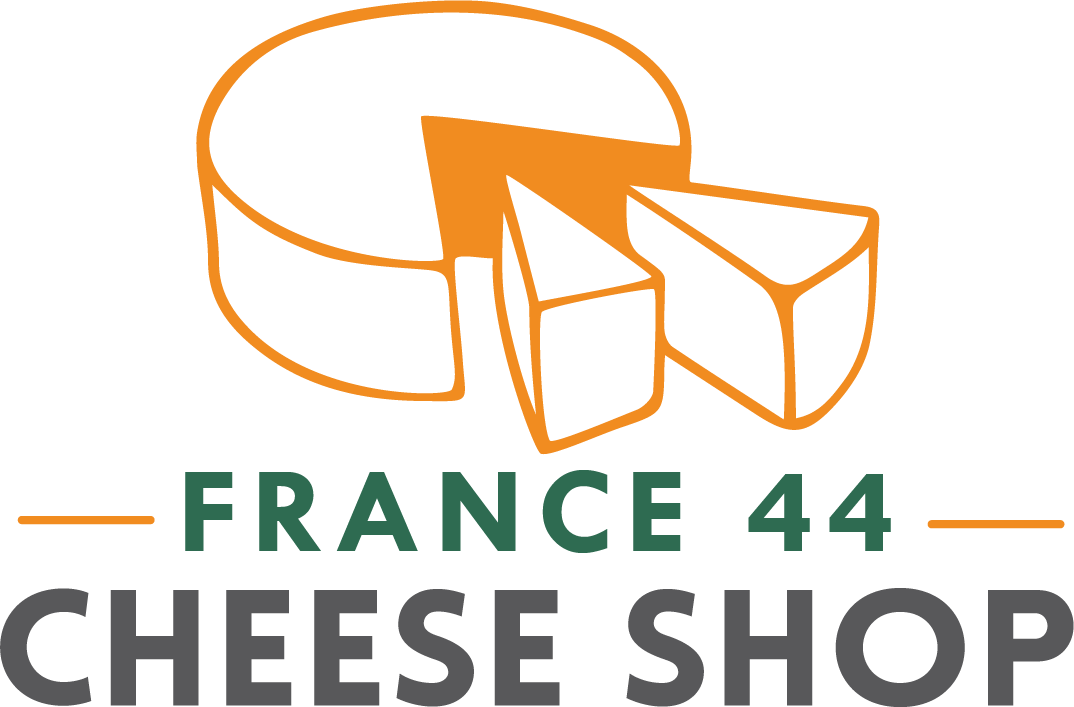Photo by Dio Cramer
by Austin Coe Butler
The story is familiar: A traditional style of cheese, usually made by hand in small regional villages, faces the threat of near extinction before being brought back from the brink by a humble few. Maybe that threat of extinction comes from the exodus of villagers from the countryside to the cities. Maybe it is crushing post-war quotas that demand the factory production of cheeses that are easily mass produced. Maybe it is simply a change in tastes. Many cheeses have faced this fate: Monteboro, Wrångebäck, Red Leicester, maybe Limburger is facing it right now. But while the story is familiar, this cheese might not be, and it offers us an unfamiliar twist on this tale – Garrotxa.
Garrotxa (gahr–ROH-chah) is a semi-firm goat’s milk cheese with a bloomy rind from Catalonia. Catalonia is located in the northeast of Spain (or not, depending on who you ask), but for our purposes, let’s just say it is at the foot of the Pyrenees mountains along the cool, humid coast of the Balearic Sea. The cheese is named after the comarca or county of Garrotxa where it is made in the province of Girona, just north of Barcelona. During the modern production quotas instated by the Franco dictatorship, Garrotxa, like many other small, unscalable traditional Spanish cheeses, nearly went extinct in favor of Manchego. But in the early 1980s a group of urban hippies, the neorurals as they called themselves in Spanish, left the cities for the country. Captivated by rural life, they started communes and cooperatives and learned trades. Among the neorurals were Toni Chueca and Rosa Heras who moved into a countryside bauma (Catalan for a den or shelter) in 1979 and began Fromagte Bauma, the first modern producer of Garrotxa, bringing the cheese back from the brink.
But here’s where that familiar story of death and rebirth changes – when the neorurals began making Garrotxa, they made something different, something that was their own creation. What separates contemporary Garrotxa from its ancestral form is its most conspicuous feature: that beautiful, intimidating bloomy rind or pell florida in Catalan. In the past, Garrotxa had no mold or real rind – it was a young, fresh goat cheese that was consumed within days of production. The humid climate of Garrotxa county at the foot of the Pyrenees and off the coast of the Balearic Sea is an ideal environment for Penicillium molds, especially P. glaucum, the more mild sibling of Penicillium roqueforti that gives Stilton and many other blues their distinctive blue veining and spice. P. glaucum gets derives its species name from “glaucous” meaning dull, bluish-gray, green, and it is easy to see why. The rind on Garrotxa is a gorgeous gray suede. Traditionally, mold on Garrotxa was seen as a defect or sign of spoilage, but the neorurals encouraged it, finding that the mold was beneficial to the cheese as a ripening agent that tempered the natural acidity of goat’s milk, lending a little sweetness and subtle flavor to the cheese. Garrotxa is now aged for a minimum of twenty days in the abundant caves found naturally occurring in the mountainous and volcanic landscape to encourage this creation of this bloomy rind.
Concealed beneath this rind is a surprisingly mild cheese with delicate citrus notes, slightly tangy, acidic goatiness similar to chèvre but with a buttery, melt-in-your-mouth creaminess of a cow’s milk cheese like brie. This cheese is a great gateway to goat cheeses and incredibly versatile. Pair it with a traditional wine from Catalonia like Priorat or something less traditional like a Txakoli white or Isategi unfiltered cider, a rustic loaf of bread, stone fruit and pears at the peak of their season, fresh figs, and hazelnuts on a picnic to welcome the coming season. Its low salt makes it an excellent option to have with jamón ibérico and Marcona almonds. Enjoy Garrotxa as a dessert cheese with a sherry like fino or amontillado. There’s no wrong way to eat this cheese. Don’t let this unfamiliar name or intimidating rind stop you from trying a new cheese. It just might become your new favorite.








